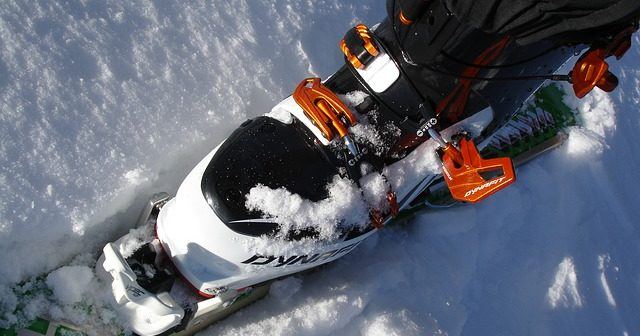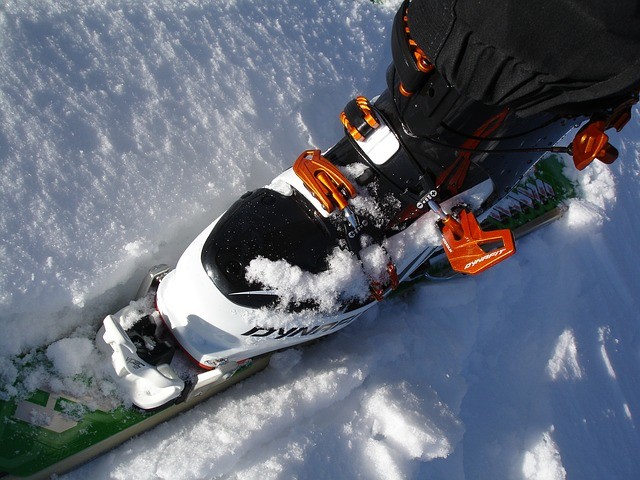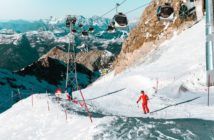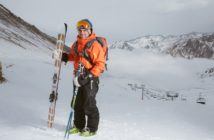Winter’s right around the corner and the chill breeze is calling you to the ski slopes! You’re already eagerly preparing for a skiing adventure with your friends and family, packing your cold-weather clothes, some snacks for the trip, and, of course, your skis.
However, there’s one piece of ski gear you definitely shouldn’t forget – your ski boots! A comfortable pair of ski boots that fit well (in regards to both your feet and your precise skiing activity) is an essential part of any kit.
Just what should you keep in mind when buying the perfect pair, not only for yourself but also for your family and friends? Should ski boots fit tighter than normal ones? How many bells and whistles do you need? Is a secondhand pair fine?
Whether you’re an experienced skier or a newcomer to the slopes, read on for the advice you need to choose the right type of boots for you!
Contents
What Makes the Best Ski Boots?
Whether you’re shopping for women’s ski boots, men’s ski boots, or kids’ ski boots, there are several factors to consider before you make your purchase, so as to guarantee they keep you safe and comfortable.
Otherwise, you end up making common mistakes that lead to uncomfortable fits.
Fit
Even if you like to have room in your shoes for wiggling your toes, that isn’t how a ski boot should feel. A ski boot that fits properly should feel a bit snug the first time you put it on, as though the boot is giving your foot a tight hug.
It’s normal for a ski boot to feel a little shorter and tighter than your normal everyday shoe. This is because the last thing you want is for the boot to fall off while you’re on the slopes!
Use
There are many different kinds of skiing, and each requires a different type of boot! Here are a few styles:
Alpine skiing is the kind of downhill skiing that likely first comes to your mind when someone says the word “skiing.”
You go up a ski lift and let gravity take you down the hill again! That’s why this kind is often called “downhill skiing” – and the boots are also referred to as “downhill ski boots” just as often as “alpine ski boots.”
An alpine boot is meant to be secured to the skis by both the toe and the heel and has a pivot point near its ankle, which helps the skier turn more easily.

Cross-country skiing is powered not by a ski lift, but by the skier’s own strength, propelled over all kinds of snowy terrain by ski poles.
In some parts of the world, this style is used as a means of regular transportation!
A pair of cross-country ski boots is required if you want to tackle this more effort-heavy version, featuring a lighter, less bulky style, often with a waterproof outer cover.
Telemark skiing is a kind of racing similar to Alpine skiing. As a result, telemark ski boots are a lot like alpine ski boots, with an extra flex point at the tip of the foot.
This flex point, called a bellows, allows the skier even more freedom to make quick turns as they race to the finish line.
Freestyle skiing is full of tricks and aerial flips, making it a competitive segment of the Winter Olympics since 1992. It’s not for the faint of heart!
Freestyle ski boots have the best shock absorption of all your options, to help the skier avoid hurting themselves as they land impressive stunts.
Style
Of course, fit and function aren’t all you have to think about when purchasing a new set of ski boots. You can’t forget style!
You’re going to wear this equipment often, after all, and so the boots should have an appearance that you like.
Ski boots come in a wide variety of colors and materials, so feel free to shop around for a design that really jumps out at you.
The quality of the boot will not depend on the colors or designs it boasts of, so let your personal taste be at the forefront.
This is especially important for young skiers, as the more lovely the boots appear, the more likely they will be to wear them without fuss – improving their safety on the mountain. How can they resist a Marvel or Disney Princess style?
Price
When planning and budgeting your ski trip, be sure to factor in the cost of ski boots. Depending on the brand, these boots can cost hundreds of dollars.
For adults especially, the investment in a good pair of boots is definitely worth the price, as they will last for a great deal of time.
For children with fast-growing feet, consider renting a pair of boots instead for this trip. You can also consider buying a pair of used ski boots to save a little more on price, and don’t forget to keep an eye out for ski boot sales at your favorite brands.
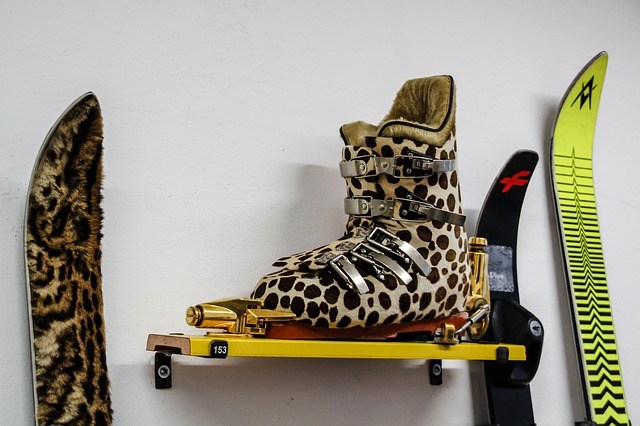
Ski Boot Sizing
Whenever you buy a shoe, you have a number in mind for the size. This number can vary based on where you are in the world or whether you’re buying men’s shoes, women’s shoes, or kid’s shoes.
When getting a new pair of ski boots, the numbers are again different. However, you don’t need a personal ski boot expert to size your feet – there’s an easier way to discover the right number!
To ensure consistency across the world, ski boot manufacturers have a unique method of ski boot sizing.
Mondopoint Sizing
Mondopoint, or just “Mondo,” is a sizing system used by ski boot manufacturers all over the world. In fact, “Mondo” comes from the Italian word for “world!”
Your size in Mondopoint is based on how many centimeters long your foot is. However, your boot size can still vary across brand, so it’s important to take a look at a ski boot size chart as you’re shopping for your own set.
Charts like the ones provided by the Outdoor Gear Exchange also provide handy comparisons between the shoe sizes you’re familiar with and the Mondo size for your boots!
How to Size Yourself
If this is your first time, it’s definitely recommended that you get help from a professional, just to be sure that you end up with the best fit.
However, if you already know what a good ski boot feels like, and are instead looking for a quick way to double-check your size, you can easily determine this at home!
Take a piece of paper and set it on the floor. Pencil in hand, stand one foot on the paper with your heel against a wall.
Make sure you press all of your weight down onto that foot for the most accurate results, as a light touch may result in a false measurement.
With the pencil, draw a line on the paper at the top of your big toe. Then, use a ruler or app to measure the length of the paper up to that line. Don’t forget to check that you’re measuring in centimeters!
The number in centimeters is your Mondopoint size. Measure both of your feet, and if one is shorter than the other, use the shorter size.
You don’t want a boot that’s too large on your foot, and any ski boot can be stretched to fit a slightly larger foot!
Here’s a video showing an example of ski boot sizing.
Best Ski Boot Brands
Now that you’ve determined the kind of ski boot you need along with your size, it’s time to choose a brand.
Fortunately, there are a plethora of notable ski boot manufacturers to choose from – so again, feel free to take your time and choose the best one for you!
Here are some of today’s top brands.
Tecnica
A leading innovator in manufacturing footwear for outdoor sports since 1970, Tecnica’s original star product was the Moon Boot, a design inspired by the moon-landing boots of Neil Armstrong. How’s that for fancy?
Today, Tecnica is the largest provider of European outdoor athletic equipment.
Their Women to Women initiative pursues research to better develop ski equipment that fits the female body, and they’ve fostered a worldwide community of female skiers.
Nordica
With an emphatic focus on creating the best-performing, highest-quality ski products, Nordica has maintained their tradition of innovation for over sixty years.
Their ski boots clad the feet of Zeno Colò, the 1950 World Champion in both the downhill and giant slalom competitions in Aspen, Orlando. Nordica was also the first to add buckles to their ski boots!
Full Tilt
Full Tilt is particularly notable for creating boots with those who have wider feet in mind, so as to maximize comfort.
This company was founded by a pair of NASA engineers and a former ski racer who quickly patented a revolutionary flex technology (which ensured a skier maximum control over their turns).
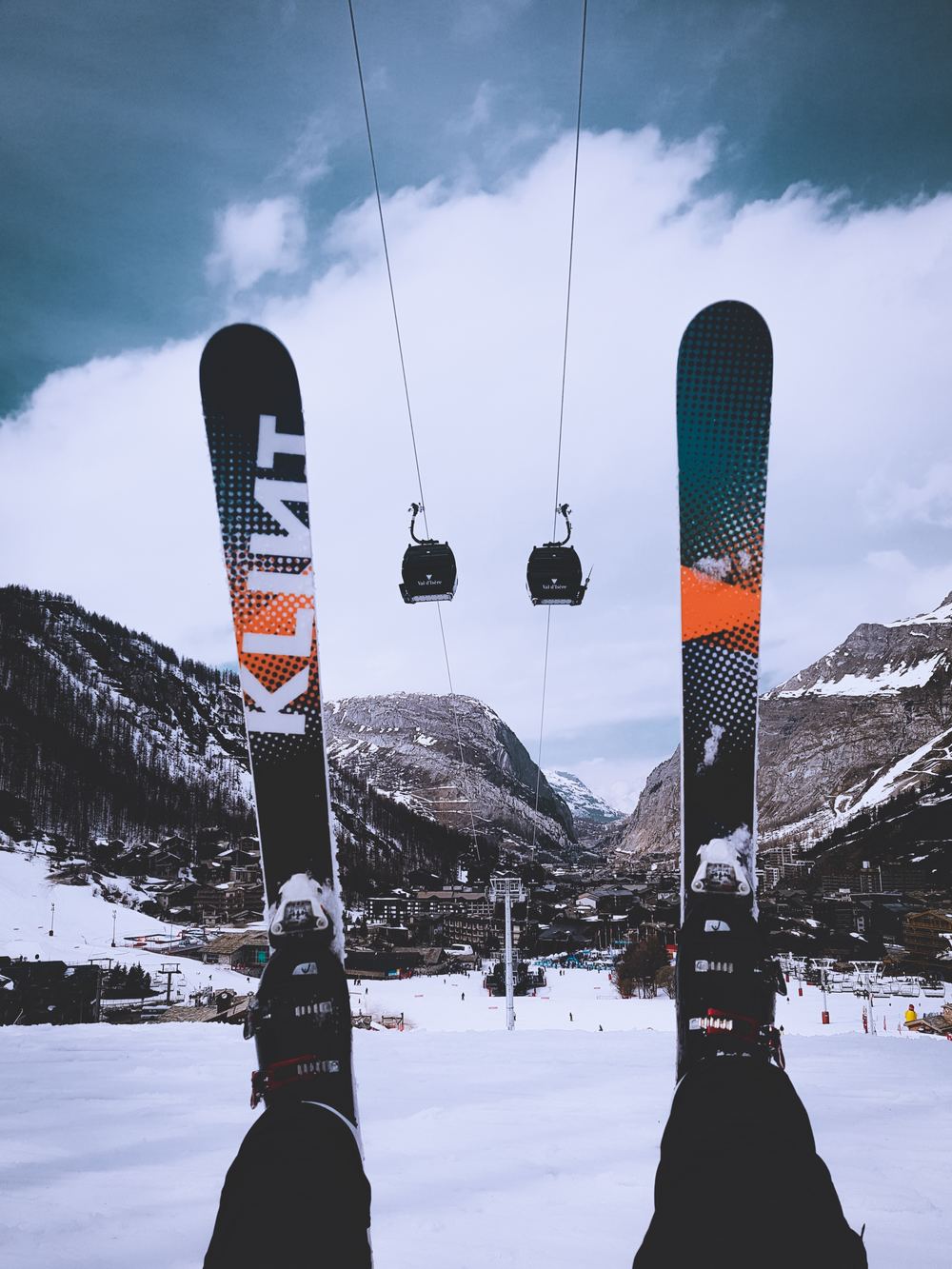
Full Tilt has since grown into a ski boot manufacturer that provides excellent service to Olympians, World Cup competitors, and freestyle athletes.
HEAD
The Winter Games in South Korea in early 2018 were the most successful ever for HEAD.
A total of eighteen athletes wearing HEAD ski gear won medals in the games in a wide variety of competitions, including the Men’s Downhill, the Women’s Slalom, the Men’s Skicross, the Women’s Slopestyle Event, and the Team Event.
Their latest ski boot, the Raptor 140, allows for sixteen degrees of forward lean, creating a maximum level of precision in ski performance.
Dalbello
Dalbello is an Italian ski boot manufacturer, and proudly the only ski boot manufacturer still producing all of its gear in its own factory in the mountains of Italy, instead of outsourcing the labor to another nation.
Founded by an Italian shoemaker named Alessandro Dal Bello, Dalbello the company keeps its creator’s and country’s values at the heart of their work, with a particular sensitivity to discovering new, unique technological solutions to everyday ski challenges – and with a pure passion for boots!
Is It Worth Buying Used Ski Boots?
As mentioned before, ski boots can be expensive. Thankfully, in the digital age of online shopping, skiers who have outgrown their old pairs are more than happy to sell their used boots for a lower price!
Besides the lower cost, the benefit of getting a used pair of ski boots is that you don’t have to go through the hassle and occasional pain of breaking them in – the person before you already did all the work!
Nonetheless, here’s a word of caution about used ski boots: if they’ve been broken in too much, they may no longer be a good fit, even if they have your Mondopoint size number.
Before you wear them on the ski slopes, check to make sure your toes don’t wiggle around in the boots. For maximum safety, these used boots should be as firm and snug as a new pair!
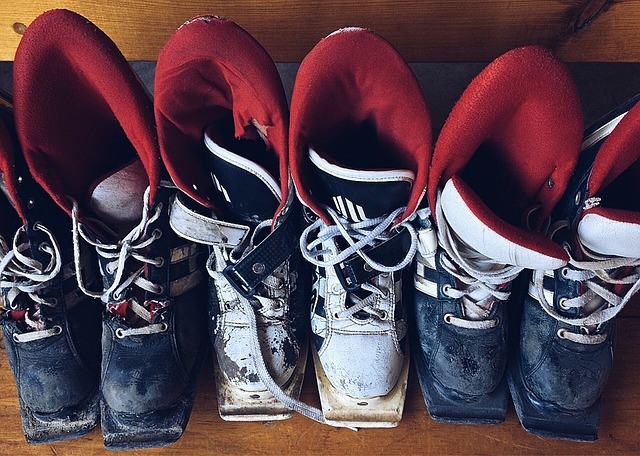
Should I Buy a Ski Boot Bag?
Some skiers are content to tie their boots together and set them in the back of the car with the rest of the luggage. Others add one more accessory to their ski kit – a ski boot bag, to carry their boots.
If you don’t ski often, or if your trip to the slopes is a short one, then you may belong to the first group. However, if you anticipate traveling by plane or bus, or having to schlep your ski gear up flights of stairs, you would be best off investing in a ski boot bag!
In addition to making it easier for you to carry your boots around, the bag will protect them from getting scratched, spilled on, or otherwise damaged during travel.
As always, it’s best to do your research and find a ski boot bag that best fits your needs and equipment. Ski boot manufacturers often sell bags that perfectly carry and protect their specific kind of boots!
The video below shows more information on buying ski boots.
Conclusion
Now that you know what to keep in mind while seeking out the ideal pair of ski boots for you, it’s time to gear up your feet and hit the slopes with comfort and confidence!
What are your favorite ski boots?

